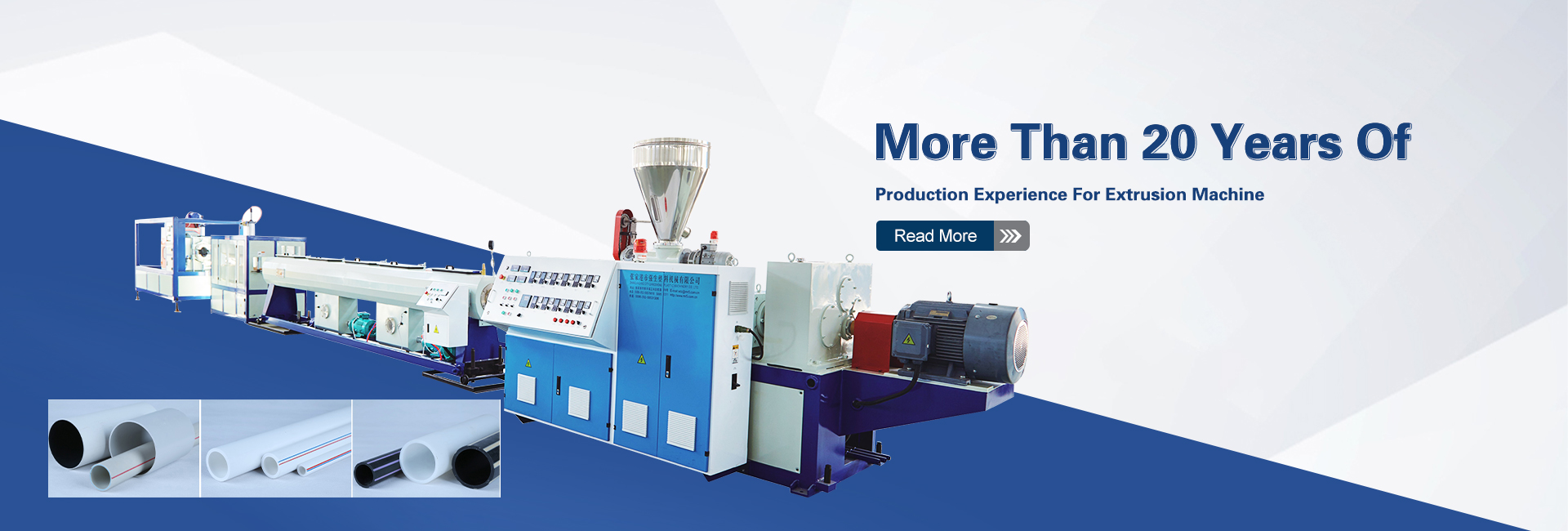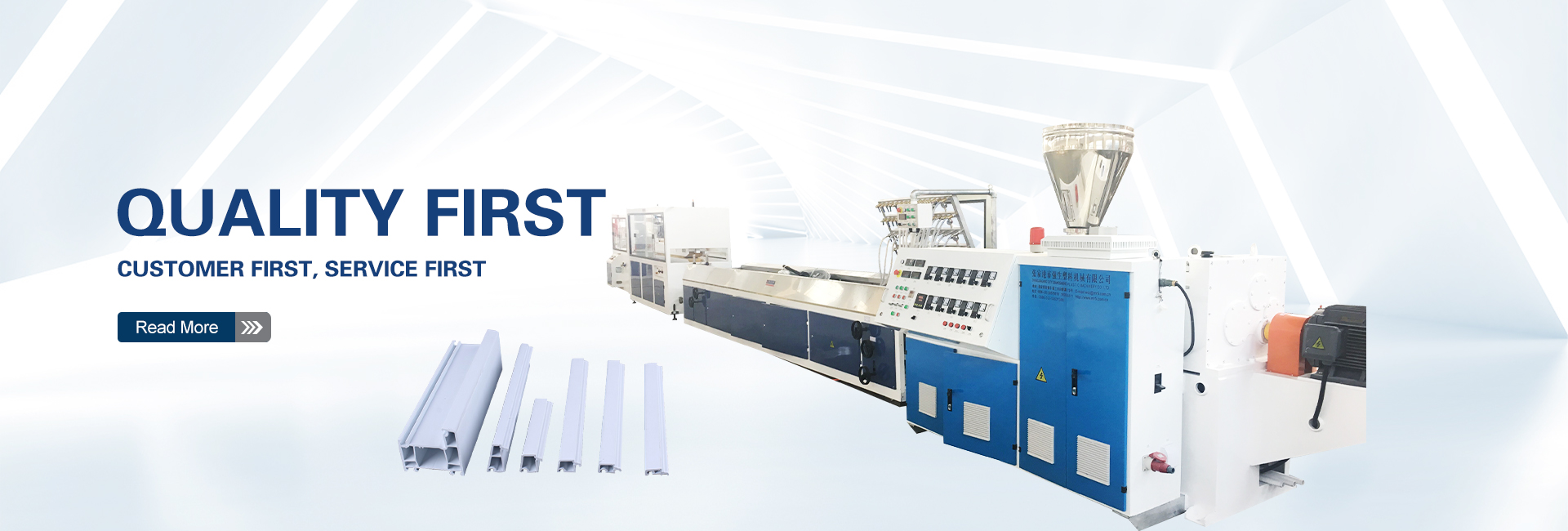What is Extrusion Molding?
Extrusion molding, also known as extrusion in plastic processing, utilizes hydraulic pressure to force material through a mold, creating continuous sections of various shapes. This process involves heating the material as it is pushed forward by a screw through a barrel, resulting in the formation of continuous profiles or semi-products. Extrusion molding, an early technology in polymer processing, has evolved over the past 100 years into a highly efficient, continuous, low-cost method with broad applicability. It is now the most widely used forming method in the polymer processing industry due to its adaptability, high production rates, and versatility.
Basic Processes in Extrusion Molding
1. Feeding
Plastic material is fed into the hopper and moves into the screw channels under gravity or with the aid of a feeder, progressing towards the die head.
2. Conveying
As the plastic enters the screw channel, it moves forward with each screw rotation. The actual conveyance rate depends on the friction coefficients of the plastic against the barrel and screw. Higher friction with the barrel or lower friction with the screw increases the forward movement of the plastic.
3. Compression
Compression is crucial in extrusion molding. Plastic is a poor conductor of heat, and any gaps between particles can hinder heat transfer, affecting melting rates. Compression helps expel gases from the material, preventing defects, and ensures product density by maintaining high system pressure.
4. Melting
With rising pressure, the moving solid plastic contacts and rubs against the heated barrel wall, forming a thin melt film. This film is scraped off by the screw as it moves, accumulating in front of the screw flights and forming a melt pool.
5. Mixing
Under high pressure, the solid material is compacted into a dense plug. Mixing occurs only between layers of molten material, not within the solid plug.
6. Exhausting
Ventilation is essential to remove gases and vapors produced during the extrusion process. Proper venting ensures the final product’s quality by preventing voids and defects.
Advantages of Extrusion Molding
Simple Equipment with Low Investment: The machinery for extrusion molding is straightforward and cost-effective.
Continuous Production with High Efficiency: Extrusion allows for ongoing production, enhancing efficiency.
High Degree of Automation: Automation reduces labor intensity and increases precision.
Easy Operation and Process Control: The process is user-friendly and manageable.
Uniform and High-Quality Products: The extrusion process produces consistent and dense products.
Wide Material Compatibility: Most thermoplastics and some thermosetting materials can be used.
Versatile Applications: Extrusion molding is suitable for various products, making it a multifunctional process.
Compact Production Lines: The process requires minimal space and maintains a clean production environment.
Key Considerations in Extrusion Molding
Pre-startup Checks: Inspect the barrel, hopper, and fasteners, ensuring all components are secure. Lubricate as necessary and clean the equipment.
Low-speed Start: Initially operate the screw at low speed, monitoring for any irregularities in motor performance or sound.
Short No-load Trials: Limit screw trial runs to 30 minutes before attaching production molds, lubricating the mold bolts for ease of removal.
Gradual Feeding: Begin with a low screw speed and feed material evenly, watching for any fluctuations in motor current.
Temperature Monitoring: Continuously check bearing temperatures, ensuring no direct contact with moving parts during operation.
Surface Roughness Solutions: Increase temperature, adjust screw speed, replace filters, and use suitable drying agents to prevent surface defects.
Scaling Prevention: Reduce lubricant usage, improve material properties, or apply Teflon coatings to reduce scaling.
Maintaining Stable Output: Address fluctuations by adjusting conditions, using different screw shapes, and controlling temperature variations to ensure consistent extrusion.
Applications of Extrusion Molding
Plastic extrusion profiles are ideal for producing pipes, door profiles, automotive parts, and more.
1. Pipes and Tubing
Extrusion is commonly used to produce plastic pipes and tubing from materials like PVC and other thermoplastics.
2. Wire Insulation
Many thermoplastics are excellent insulators, making them suitable for extruding wire and cable insulation and sheathing, including fluoropolymer options.
3. Door and Window Profiles
PVC is a popular material for extruding continuous door and window frames, which are ideal for household applications.
4. Blinds
Thermoplastics can be extruded to form the uniform slats of blinds, often using polystyrene for faux wood appearances.
5. Weather Stripping
Rubber weather stripping products are frequently extruded, offering effective sealing solutions for various applications.
6. Windshield Wipers and Squeegees
Automotive windshield wipers and manual squeegee blades are often made from extruded synthetic rubber materials like EPDM.
The versatility and efficiency of extrusion molding make it a cornerstone in the plastic manufacturing industry, with a broad range of applications and benefits that drive its widespread use.
Post time: Jul-16-2024



